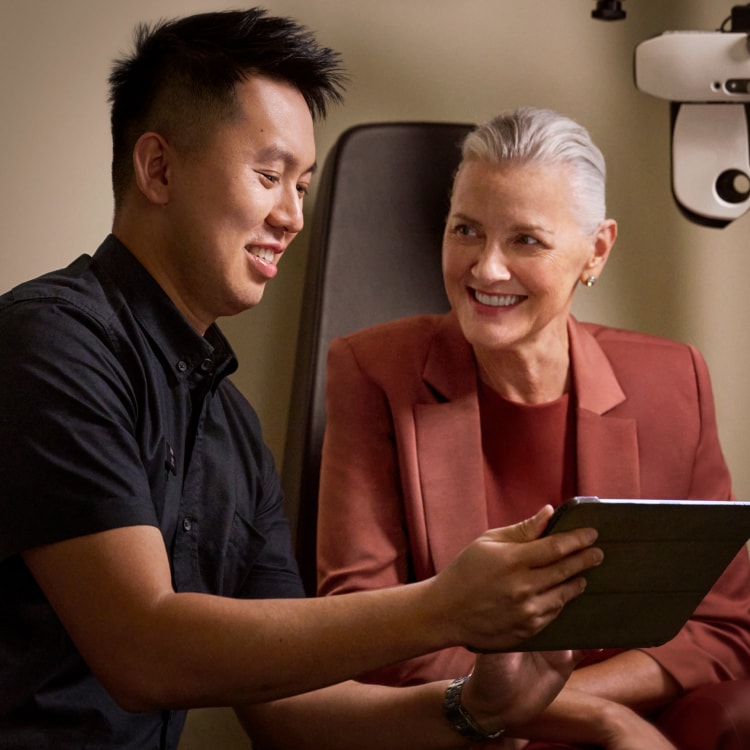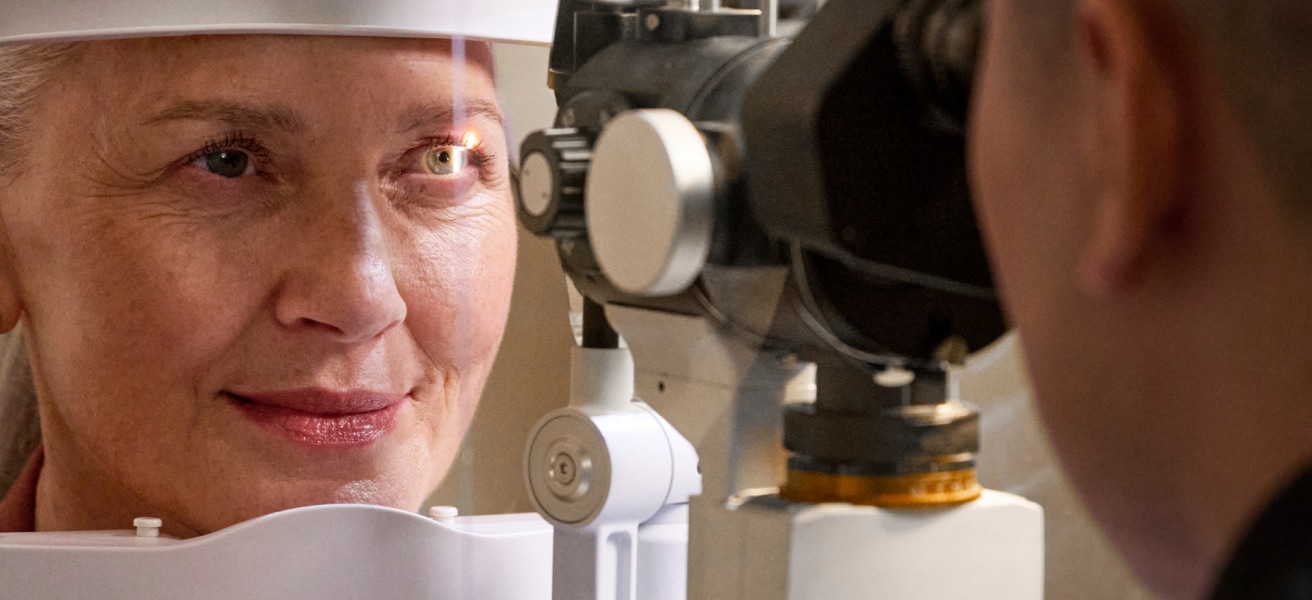Early detection is the key
The most common vision problems experienced by school-aged children are those affecting the ability to see clearly and sharply. They include:
- Shortsightedness (blurred distance vision)
- Longsightedness (difficulty focusing up close)
- Astigmatism (blurred vision at all distances)
Common Vision Problems
If your child can see close objects clearly but has trouble focusing on objects in the distance, like reading the board at school, they may be short sighted or have myopia. They may find it difficult to read signs, watch television or recognise their friends until they’re close up.
One in five Australian kids currently experience eye problems in some form with myopia being the biggest eye health issue affecting children today. It is estimated that by 2050, myopia will affect at least 49.8% of the world’s population - or nearly five billion people*.
What are the Signs?
The most obvious sign of myopia is that objects in the distance appear blurry. Myopia usually develops during childhood, so parents should look for signs such as:
- Headaches and eye fatigue
- Squinting
- Reduced focus
- Sitting too close to the television
- Holding screens close to the face**
Can Myopia be Prevented?
As myopia is often hereditary, it cannot be completely prevented; however, new research suggests ways to slow the progression of the condition, especially in children. The condition may be delayed or prevented by spending less time on devices and more time outside, possibly due to increased exposure to sunlight or the need to look into the far distance regularly. While myopia cannot be completely prevented, it can also be treated through the use of corrective lenses - multifocal glasses or contacts.***
*Source: https://goodvisionforlife.com.au/your-vision/children/**The impact of myopia and high myopia: Report of the Joint World Health Organization - Brien Holden Vision Institute Global Scientific Meeting on Myopia. University of New South Wales, Sydney, Australia. 16-18 March 2015
***Holden BA, Fricke TR, Wilson DA, Jong M, Naidoo KS, Sankaridurg P, Wong TY, Naduvilath TJ, Resnikoff S, Global Prevalence of Myopia and High Myopia and Temporal Trends from 2000 through 2050, Ophthalmology, May 2016 Volume 123, Issue 5, Pages 1036-1042.
^OPSM recommends having regular eye tests based on your eye health needs.










 Book an eye test
Book an eye test
 Health Funds
Health Funds
 Find A Store
Find A Store
 Favourites
Favourites

























